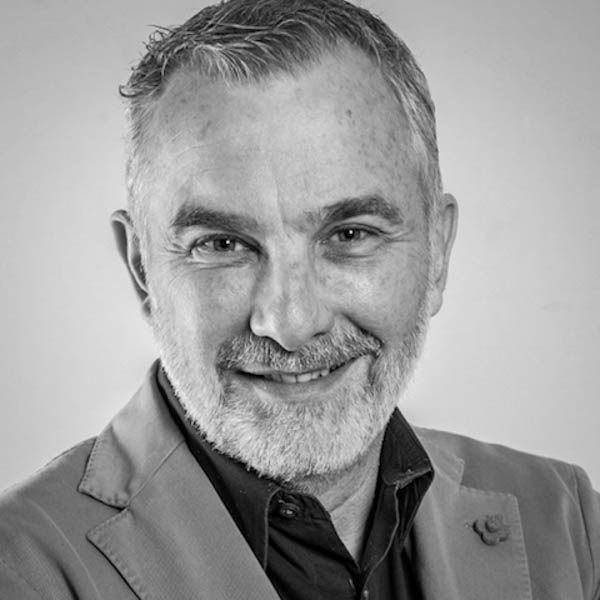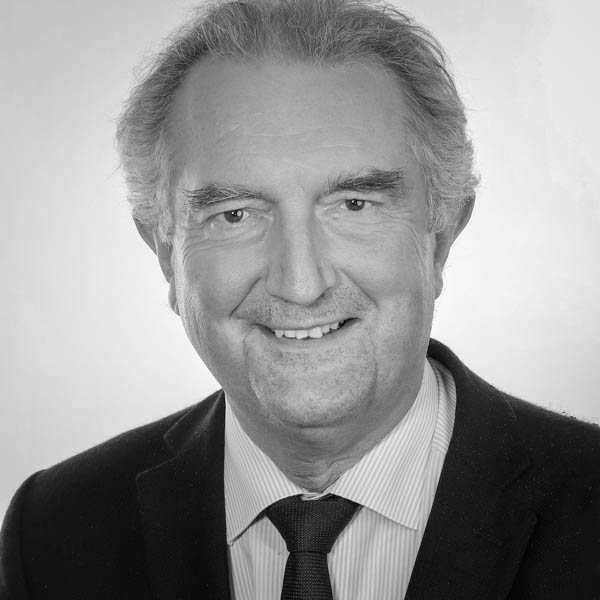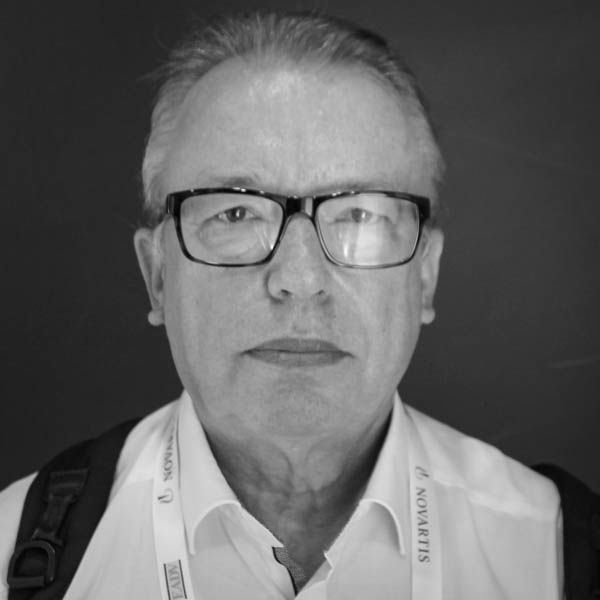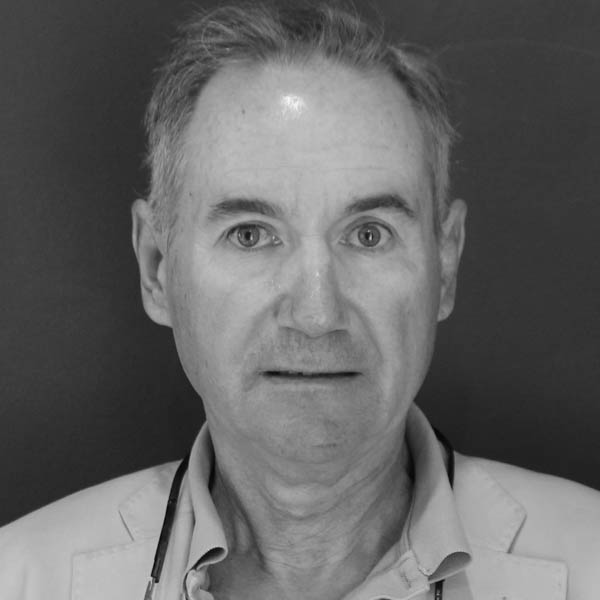The “Breaking news” sessions in EADV’s Spring Symposium programme will provide insights into rapidly changing fields of dermatology and venereology. These lectures will present a critical analysis of the latest published data about a specific topic, and will also focus on new relevant information and the latest developments. Among the different talks, the following subjects will be treated:
Interventional dermatology – The lecture will give an overview of several interventional techniques beyond classical dermato-surgery. Recently described or recently improved procedures will be emphasized, focusing on intralesional techniques (novel technical improvements of intralesional cryotherapy for keloids), image-guided minimally invasive procedures (based on ultrasonography, reflectance confocal microscopy, optical coherence tomography or dermoscopy) and other minimally invasive techniques, such are nonsurgical blepharoplasty, lip augmentation without injections and current advances in stem cell-based therapies for hair regeneration.
Nail disorders – Among all nail tumours, three have a special tropism for the nail unit. All three are benign. Two have very specific clinical features easy to recognize: onychomatricoma and onychopapilloma. The third one, the superficial acral fibromyxoma, has fewer specific signs but should be evoked when facing any fibrous lesion in the vicinity of the nail unit. The lecture will mainly cover the management of nail lichen planus, nail psoriasis and nail melanoma. New guidelines and promising treatments will be discussed.
Diagnostic tools – The possibility of examining the skin with non-invasive diagnostic techniques allows more accurate diagnosis in oncological dermatology. Moreover, being able to monitor therapies and new treatments in a non-invasive way in inflammatory dermatology and dermo-cosmetics avoids unnecessary biopsies and excisions.
Upcoming treatment possibilities for Lupus – The importance of type I interferon in the skin in cutaneous lupus erythematosus (CLE) has been established for a number of years. These interferons increase a number of proteins including chemokines at the dermal-epidermal junction, as well as perivascular and periadnexal areas in the skin. Several new therapeutic approaches include blockade of type I interferons or modify the ability of plasmacytoid dendritic cells (pDCs), known to produce large amounts of type I interferons and other inflammatory cytokines. A recently completed phase 3 trial of Anifrolumab, an antibody against the type II IFN receptor (IFNAR) showed improvement in the skin of systemic lupus erythematosus (SLE) patients in a global randomized placebo-controlled trial. A recent phase 2 randomized placebo-controlled trial with anti-BDCA2 antibody, which causes internalization of the BDCA2 receptor on pDCs and downregulates interferon production, led to improvement in CLE with decreased type interferon and inflammatory cells in the skin. A phase one study with anti-ILT7 antibody, an antibody that depletes pDCs, led to improvement in CLE and decreased biomarkers related to type I interferons in a phase 1 trial. These approaches have the potential to significantly augment the therapeutic armamentarium currently available to treat CLE and SLE.
Evidence-based platelet-rich plasma (PRP) in dermatology – Platelet‐rich plasma (PRP) has its origins in the 80s, when Helena Matras described the use of fibrin glue as a substance with sealing functions that helped repair tissue in various oral and maxillofacial surgical procedures. It consists of over 20 growth factors which stimulate cell proliferation, angiogenesis, chemotaxis, and cell differentiation. Moreover, they promote the proliferation phase of the hair follicle, giving rise to the anagen follicular unit and stimulating hair growth. PRP may also be effective through anti-inflammatory mechanisms owing to its ability to suppress MCP-1, and giving the presence of TGF. There is a growing number of dermatological conditions in which PRP may be used, including alopecia areata. Based on previously published studies, PRP in alopecia areata was characterized by high efficacy, quick therapeutic effect and good safety profile. However, further large-scale studies are needed to confirm the efficacy of PRP in alopecia areata.
SESSION 1 SPEAKERS

Francesca Farnetani
Modena, Italy

Bertrand Richert
Brussels, Belgium

Martin Röcken
Tübingen, Germany

Ricardo Vieira
Coimbra, Portugal
SESSION 2 SPEAKERS

Claus Garbe
Tübingen, Germany

Antonio Torrelo
Madrid, Spain

Anna Waskiel
Warsaw, Poland

Victoria Werth
Philadelphia, United States


